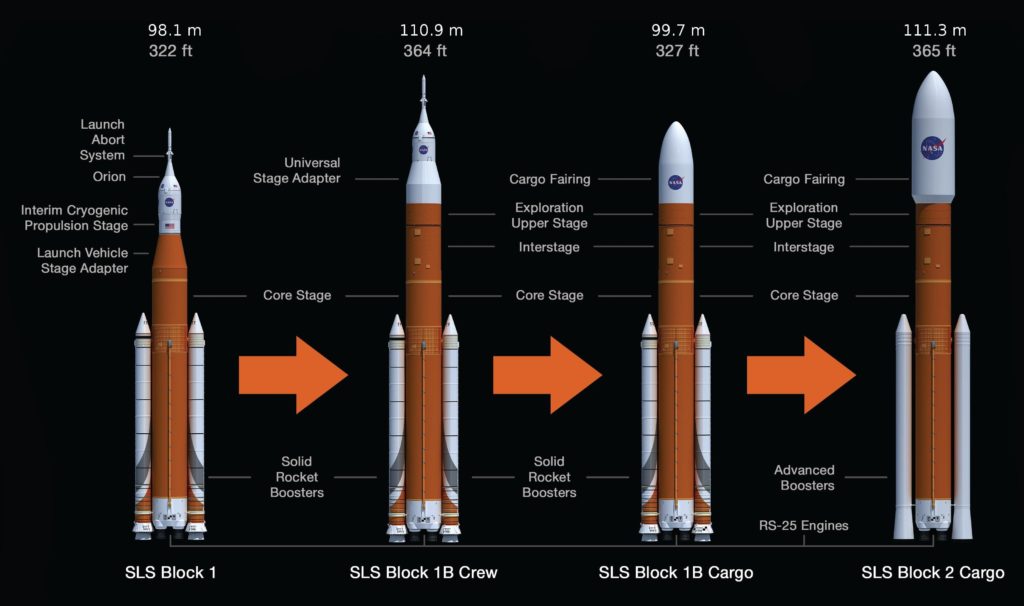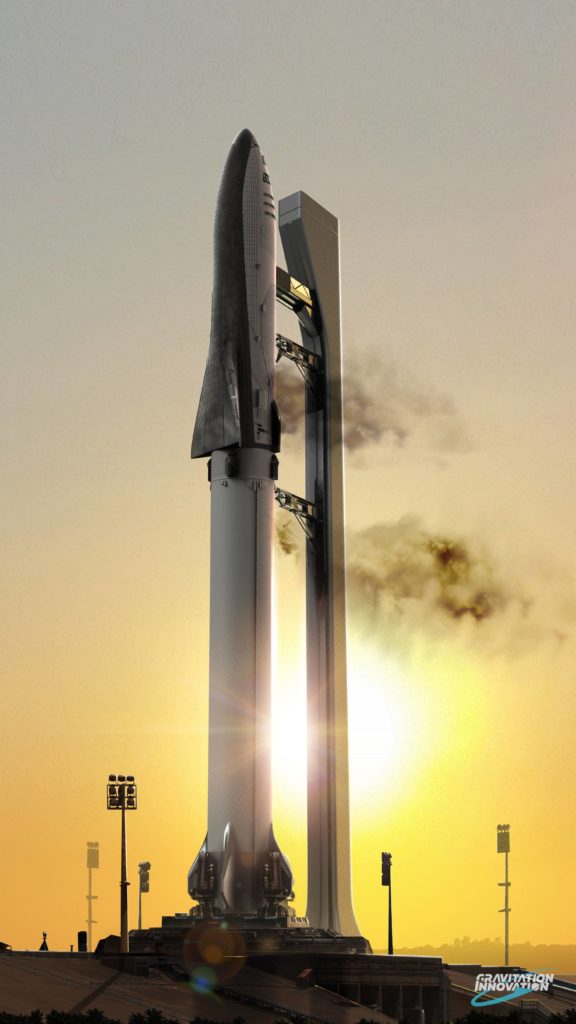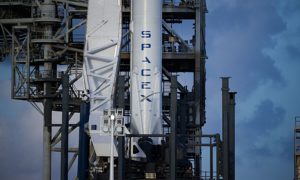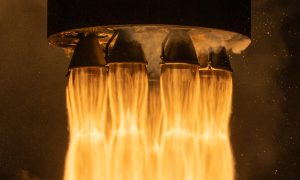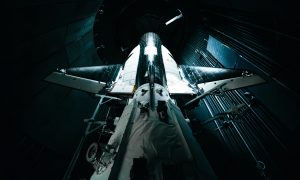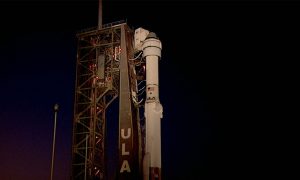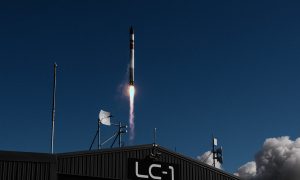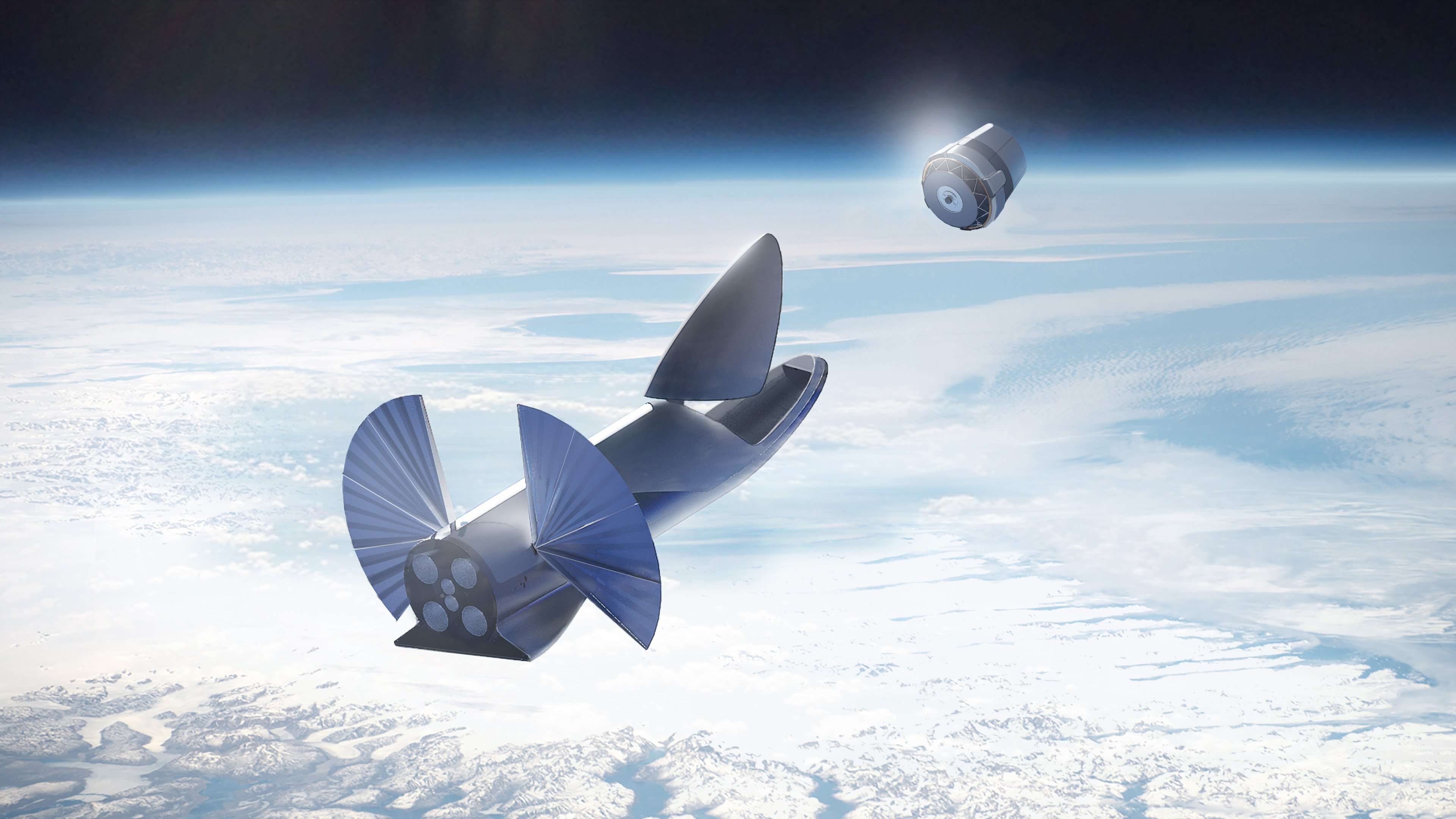

News
NASA funds study on SpaceX BFR as option for massive space telescope launch
Speaking at the Exoplanets II conference in Cambridge, UK July 6th, geophysicist and exoplanet hunter Dr. Debra Fischer briefly revealed that NASA had funded a study that would examine SpaceX’s next-gen BFR rocket as an option for launching LUVOIR, a massive space telescope expected to take the reigns of exoplanet research in the 2030s.
Conceptualized to follow in the footsteps of NASA’s current space telescope expertise and (hopefully) to learn from the many various mistakes made by their contractors, the LUVOIR (shorthand for Large UV/Optical/IR Surveyor) concept is currently grouped into two different categories, A and B. A is a full-scale, uncompromised telescope with an unfathomably vast 15-meter primary mirror and a sunshade with an area anywhere from 5000 to 20000 square meters (1-4 acres). B is a comparatively watered-down take on the broadband surveyor telescope, with a much smaller 8-meter primary mirror, likely accompanied by a similarly reduced sunshade (and price tag, presumably).
Debra Fischer: NASA is funding study on launching LUVOIR with SpaceX's BFR.
Primary option still SLS Block 2, but if it isn't ready there are private sector alternatives.#Exoplanets2
— Ryan MacDonald (@MartianColonist) July 6, 2018
Remember, this is a space telescope that would need to fit into the payload fairing of a rocket, survive the launch into orbit, and then journey nearly one million miles from Earth to its final operational destination, all before deploying a mirror and starshade as large or larger than Mr Steven’s SpaceX fairing recovery net. The James Webb Space Telescope (JWST), a rough successor to Hubble with a 6.5-meter primary mirror, is the only space telescope even remotely comparable to LUVOIR, and it has yet to launch after suffering a full decade of delays and almost inconceivable budget overruns. All we can do is hope that Northrop Grumman (primary contractor for JWST) is kept away from future giant space telescopes like LUVOIR.

LUVOIR A is pictured here with a 15-meter mirror and absolutely vast sunshade, roughly 80-100m long. (NASA)
The rocket problem
Nevertheless, the sheer scale of LUVOIR brings us back to an existential problem faced by all space telescopes – how to get into space in the first place. In this case, JWST offers a small taste of what launching such a large telescope requires, although it only truly applies the 8m LUVOIR B. The reason LUVOIR’s conceptual design was split into two sizes is specifically tied to the question of launch, with LUVOIR B’s 8m size cap dictated by the ~5 meter-diameter payload fairings prevalent and readily available in today’s launch industry.
https://twitter.com/Shamrocketeer/status/821799890942652417
LUVOIR A’s 15-meter mirror, however, would require an equally massive payload fairing. At least at the start, LUVOIR A was conceptualized with NASA’s Space Launch System (SLS) Block 2 as the launch vehicle, a similarly conceptual vehicle baselined with a truly massive 8.4 or 10-meter diameter payload fairing, much larger than anything flown to this day. However, the utterly unimpressive schedule performance of the SLS Block 1 development – let alone Block 1B or 2 – has undoubtedly sown more than a little doubt over the expectation of its availability for launching LUVOIR and other huge spacecraft. As a result, NASA has reportedly funded the exploration of alternative launch vehicles for the A version of LUVOIR – SpaceX’s Cargo BFR variant, in this case.
While only a maximum of 9 meters in diameter, the baselined cargo spaceship’s (BFS Cargo) payload bay has been estimated to have a usable volume of approximately 1500 cubic meters, comparing favorably to SLS’ 8.4 and 10-meter fairings with ~1000 to ~1700 cubic meters. The more traditional SLS fairing may offer more flexibility for minimizing complex deployment mechanisms for large telescopes (a sore spot for JWST), but SLS Block 2 is almost entirely up in the air at the moment, and liable to cost $5-10 billion alone to develop even after SLS Block 1 is flying (NET mid-2020). On the other hand, barring abject and total failure, SpaceX’s BFR rocket and spaceship could have many, many launches under its belt and a proven track record of reliability, whereas SLS Block 2 is unlikely to fly more than a handful of times ever, even if it gets built.
- NASA/Boeing’s SLS overview, showing the different Blocks planned. Currently Block 1’s first launch is NET mid-2020, while future variants are likely years away from launch. (NASA)
- The cargo version of the BFS (Big F- Spaceship) rendered by David Romax, including a number of educated guesses at what it might look like and how it might function. At the request of a friend, artist David Romax put together a truly jaw-dropping collection of concept art featuring SpaceX’s BFR rocket and its Cargo and Crew spaceships. (Gravitation Innovation/David Romax)
- BFR prepares for launch as the sun sets over the upgraded LC-39A, built off a concept of the future modifications included in SpaceX’s 2016 and 2017 video updates. At the request of a friend, artist David Romax put together a truly jaw-dropping collection of concept art featuring SpaceX’s BFR rocket and its Cargo and Crew spaceships. (Gravitation Innovation/David Romax)
With any luck, the results of the LUVOIR SpaceX BFR launch analysis will make their way into the public sphere once the study is completed, perhaps revealing a few tidbits about the capabilities of the next-generation composite rocket. Another astrophysicist familiar with the project also noted that Blue Origin was firmly in the running of similar conceptual launch studies, hinting at a potential competition for commercial launches of each company’s massive future rockets.
Follow us for live updates, peeks behind the scenes, and photos from Teslarati’s East and West Coast photographers.
Teslarati – Instagram – Twitter
Tom Cross – Twitter
Pauline Acalin – Twitter
Eric Ralph – Twitter
News
Tesla Robotaxi just got a big benefit from the U.S. government
The NHTSA is looking to help streamline the application process for companies developing driverless vehicles.
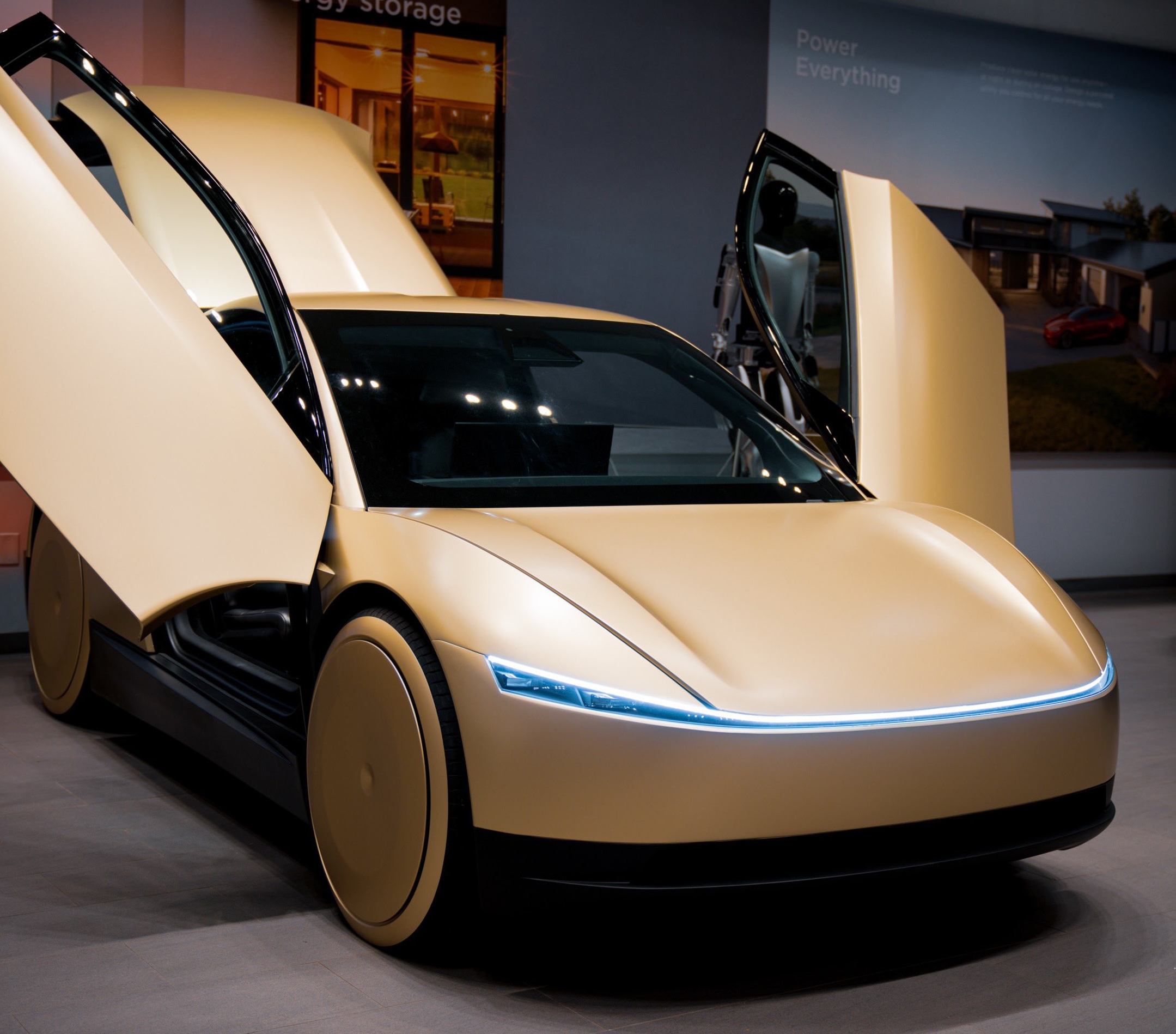
Tesla Robotaxi just got a big benefit from the U.S. Government, as the National Highway Traffic Safety Administration (NHTSA) is looking to ease some rules and streamline the application process that could hinder the development and licensing of autonomous vehicles.
Tesla is set to launch its Robotaxi platform in the coming days or weeks, but regulation on autonomous vehicles is incredibly slim, so automakers are left in a strange limbo as permissions to operate are usually up to local jurisdictions.
The NHTSA still has the ultimate say, but it is now adopting a new strategy that will see companies gain an exemption from federal safety standards and streamline the entire application process.
The agency is authorized to grant exemptions to permit manufacturers to produce vehicles over a two or three-year period that might not comply with certain Federal Motor Vehicle Safety Standards (FMVSS). Robotaxi, for example, will eventually not have a steering wheel or pedals, through the Cybercab that Tesla unveiled last October.
The exemption program the NHTSA announced today would be possible through Part 555 of the National Traffic and Motor Vehicle Safety Act:
“NHTSA may grant a Part 555 exemption if at least one of four bases listed in the statute is met and NHTSA determines that the exemption is consistent with the public interest and the Safety Act. The statute also authorizes NHTSA to subject an exemption to terms the agency deems appropriate and requires that NHTSA publish notice of the application and provide an opportunity to comment.”
The rapid and non-stop innovation that is being performed is tough to keep up with from a legal standpoint. The NHTSA recognizes this and says current legislation is appropriate for traditional vehicles, but not for the self-driving cars companies are producing now:
“The current Part 555 process was designed for traditional vehicles. As currently applied, this process is not well suited for processing exemptions involving ADS-equipped vehicles in a timely manner or overseeing the unique complexities involving their operations. This has resulted in long processing times for applications for ADS-equipped vehicles. NHTSA must improve its Part 555 processing times substantially to keep pace with the rapid innovation of the ADS industry and to ensure that exemptions remain effective tools for nurturing groundbreaking safety technologies.”
Now, the NHTSA will be “enhancing application instructions” to help manufacturers understand the requirements involved in the application process. This will streamline the entire process by “reducing the need for NHTSA to request additional information from the manufacturer,” the agency says.
First Tesla driverless robotaxi spotted in the wild in Austin, TX
Next, the NHTSA is going to have a more flexible approach to evaluating exemptions for ADS-equipped vehicles:
“To build flexibility into the Part 555 process while also accounting for the unique aspects of those exemptions, NHTSA intends to develop terms that could be included in Part 555 exemption grants, when appropriate, to condition operations of exempted ADS-equipped vehicles on enhanced and continuing oversight from NHTSA. NHTSA would expect to administer this enhanced oversight through letters, which could be updated over time, mirroring real-world ADS development. This will enable NHTSA to focus its initial review during the application stage and align the Part 555 oversight approach more closely to exemptions administered under NHTSA’s Automated Vehicle Exemption Program (AVEP), which have proven effective for ADS.”
This will benefit any company making autonomous vehicles, but it will especially benefit Tesla in the short-term as it is readying for the launch of Robotaxi.
Tesla is trading up 1.89 percent at the time of publication.
Part 555 Letter June 2025 by Joey Klender on Scribd
News
SpaceX produces its 10 millionth Starlink kit
The first 5 million Starlink kits took nearly four years to build.

SpaceX has achieved a major milestone, producing its 10 millionth Starlink kit. The accomplishment was celebrated across the company’s Hawthorne, California, and Bastrop, Texas, facilities.
The milestone was shared in social media by Sujay Soman, Senior Facilities Engineer, in a LinkedIn post, which has since been deleted.
Starlink Production Ramp
Soman noted in his LinkedIn post that the first 5 million Starlink kits took nearly four years to build, but the next 5 million kits were completed in just 11 months. This underscores SpaceX’s intense efforts to ramp up the satellite internet system’s production, and it reflects the private space company’s manufacturing prowess.
The SpaceX Senior Facilities Engineer shared a couple of photos of the Machine Maintenance and Facilities team in Bastrop to commemorate the event.
“Today, Starlink Product teams across our Hawthorne and Bastrop sites produced the 10th Million Starlink Kit! It took almost 4 years to build our first 5 million kits, and we doubled that in about 11 months. Monumental accomplishment!” Soman wrote in his post.
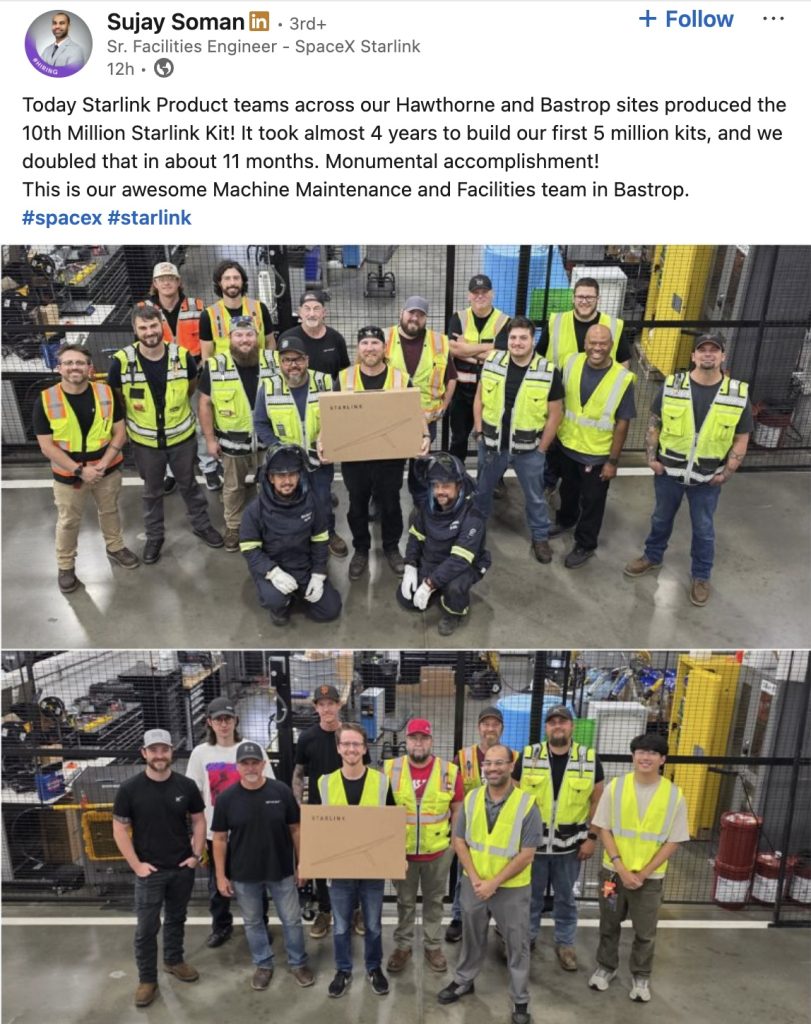
World-Changing Technology
The Starlink kits, featuring dish hardware and supporting equipment, enable users to connect to the company’s growing constellation of low Earth orbit satellites. With over 6,000 satellites launched to date, Starlink now provides fast and reliable internet connectivity to over 6 million customers worldwide. This was a significant increase from the 5 million customers that the company reported in February 2025.
SpaceX has not detailed its next production targets, but the production of Starlink’s 10 millionth kit milestone signals the company’s readiness to scale further. Being an Elon Musk-led company, SpaceX is arguably the best in the business when it comes to efficient and cost-effective manufacturing. It would then be unsurprising if SpaceX announces another Starlink production milestone soon.
News
Tesla retires yoke steering wheel in base Model S and X
Tesla’s controversial steering yoke is now exclusive to the Model S and Model X Plaid.
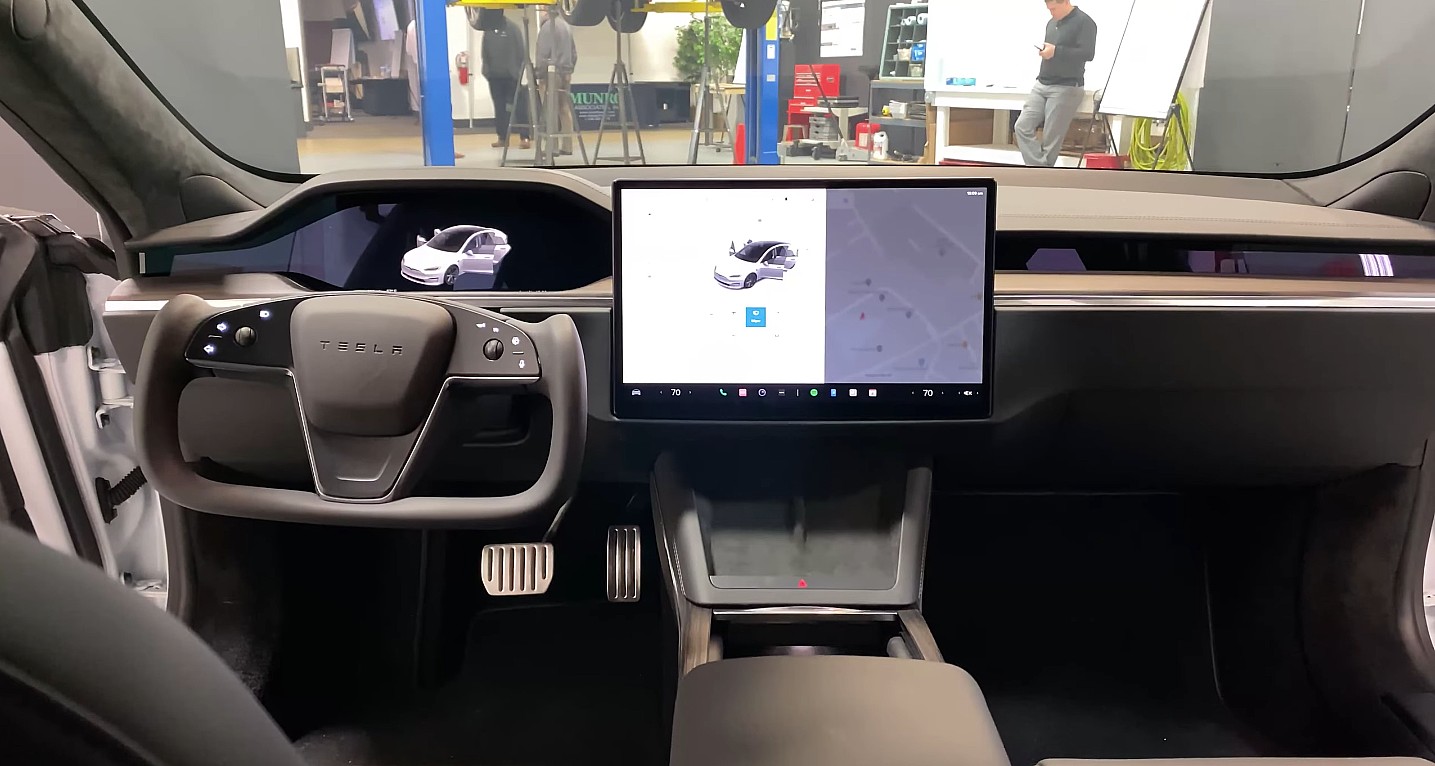
Tesla has closed a chapter in the saga of the Model S and Model X’s controversial steering yoke. Following the announcement of the new iterations of the flagship vehicles, Tesla promptly removed the steering option for the vehicles’ base variants.
This means that if drivers wish to experience the Model S or Model X with a yoke, they would have to go Plaid.
The new Model S and Model X
The refresh of the Model S and Model X were quite minor, with the two vehicles featuring a new front camera, a new color, and a handful of other small changes like new exterior styling for the Model S Plaid. Tesla also noted on its website that the two vehicles now have a much smoother and quieter ride.
The changes were quite polarizing, with some appreciating the subtle improvements made to the two flagship cars and others arguing that Tesla should have done more. Others, however, noted that the level of improvements implemented on the Model S and Model X would already be considered major refresh for a tech company like Apple.
No More Yoke Unless Plaid
When Tesla refreshed the Model S and Model X in 2021, the vehicles were released with a steering yoke as standard. The yoke was controversial, with critics stating that it was unsafe and fans stating that it made driving the Model S and Model X fun. Tesla later introduced a round steering wheel option for the Model S and Model X, which later became standard on the two flagship vehicles.
This remains true today, with the most recent versions of the Model S and Model X still being released with a round steering wheel as standard. Those who wish to experience the Model S and Model X Plaid as envisioned by the company and its CEO, Elon Musk, however, might find it a good idea to spend the extra $1,000 for the vehicles’ yoke steering wheel.
-
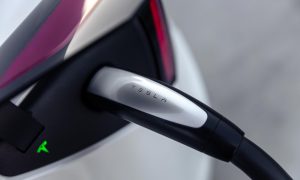
 News2 weeks ago
News2 weeks agoTesla to lose 64 Superchargers on New Jersey Turnpike in controversial decision
-

 News4 days ago
News4 days agoI took a Tesla Cybertruck weekend Demo Drive – Here’s what I learned
-
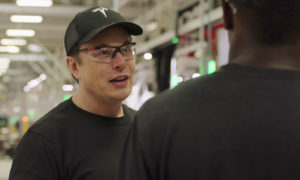
 Elon Musk2 weeks ago
Elon Musk2 weeks agoElon Musk explains Tesla’s domestic battery strategy
-

 Elon Musk2 weeks ago
Elon Musk2 weeks agoTesla stock: Morgan Stanley says eVTOL is calling Elon Musk for new chapter
-
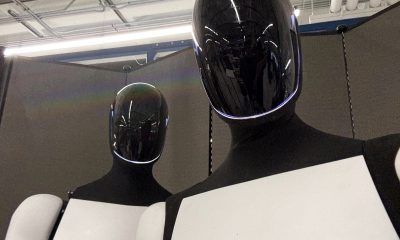
 Elon Musk5 days ago
Elon Musk5 days agoTesla tops Cathie Wood’s stock picks, predicts $2,600 surge
-
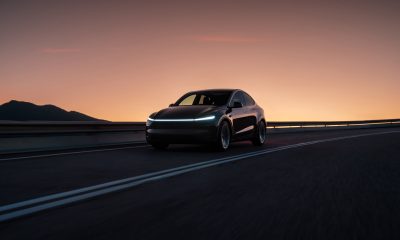
 Investor's Corner2 weeks ago
Investor's Corner2 weeks agoTesla bull writes cautious note on Robotaxi launch: ‘Keep expectations well contained’
-

 Elon Musk2 weeks ago
Elon Musk2 weeks agoElon Musk responds to Tesla Supercharger shutdown on NJ Turnpike
-
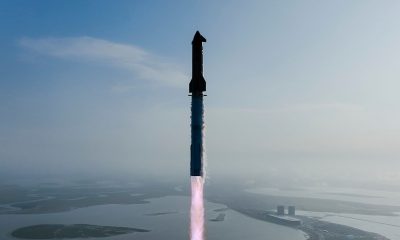
 News2 weeks ago
News2 weeks agoSpaceX hit with mishap investigation by FAA for Starship Flight 9

